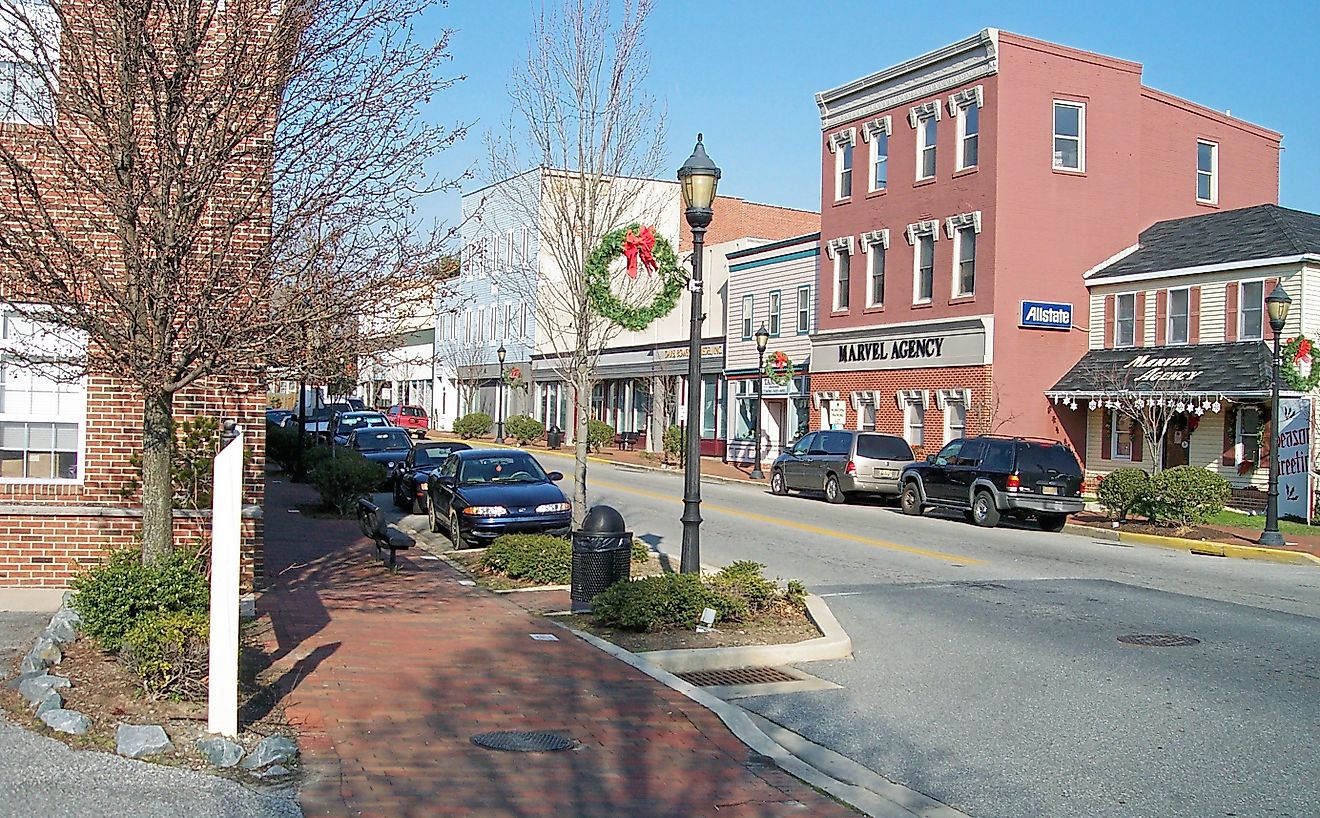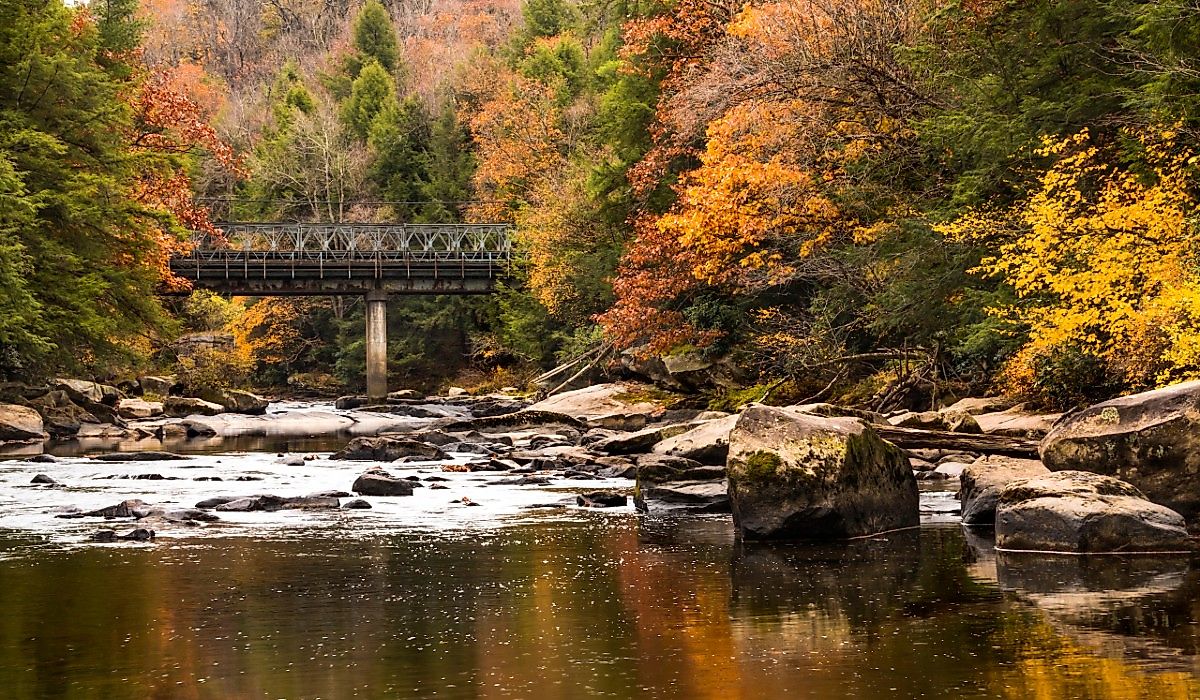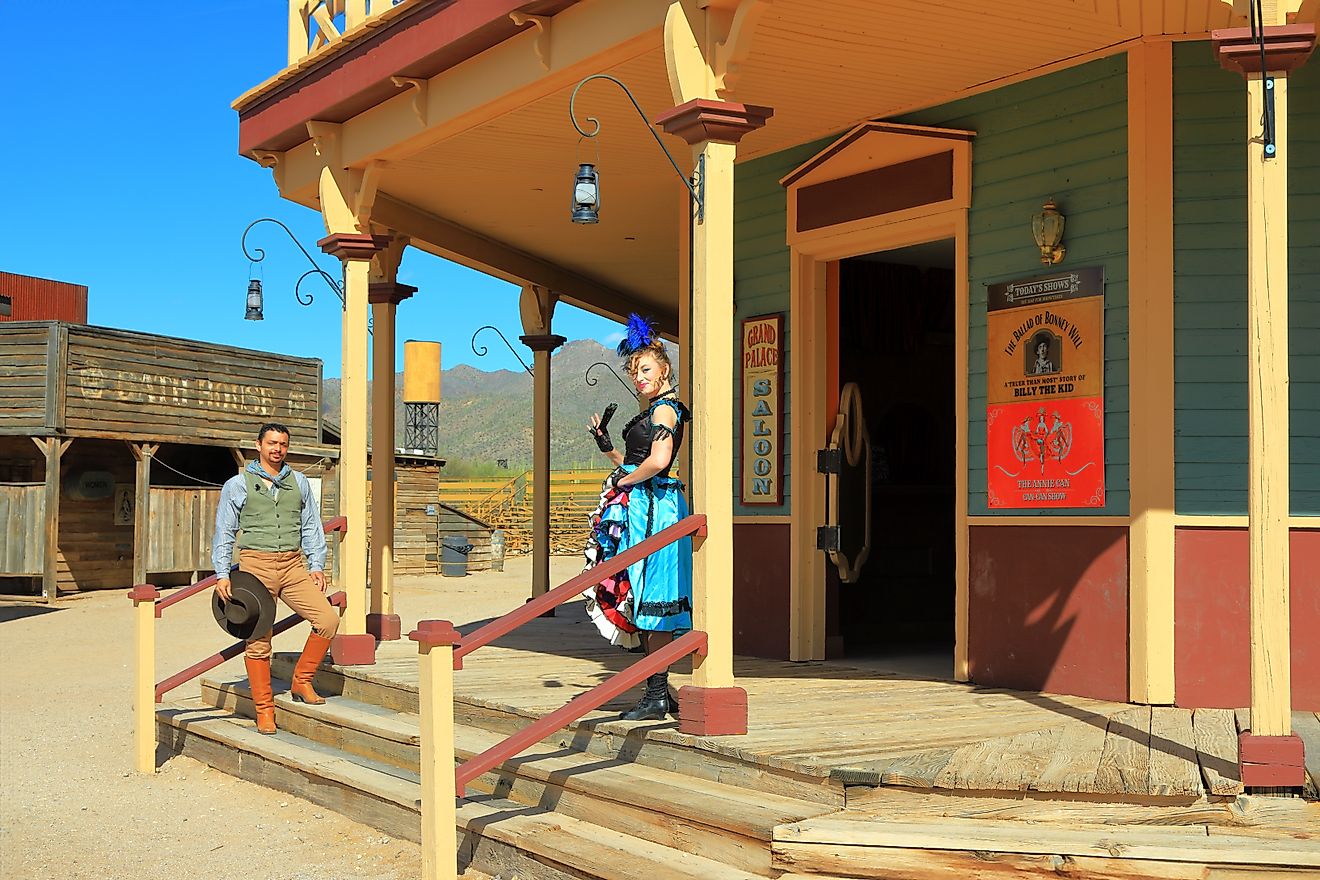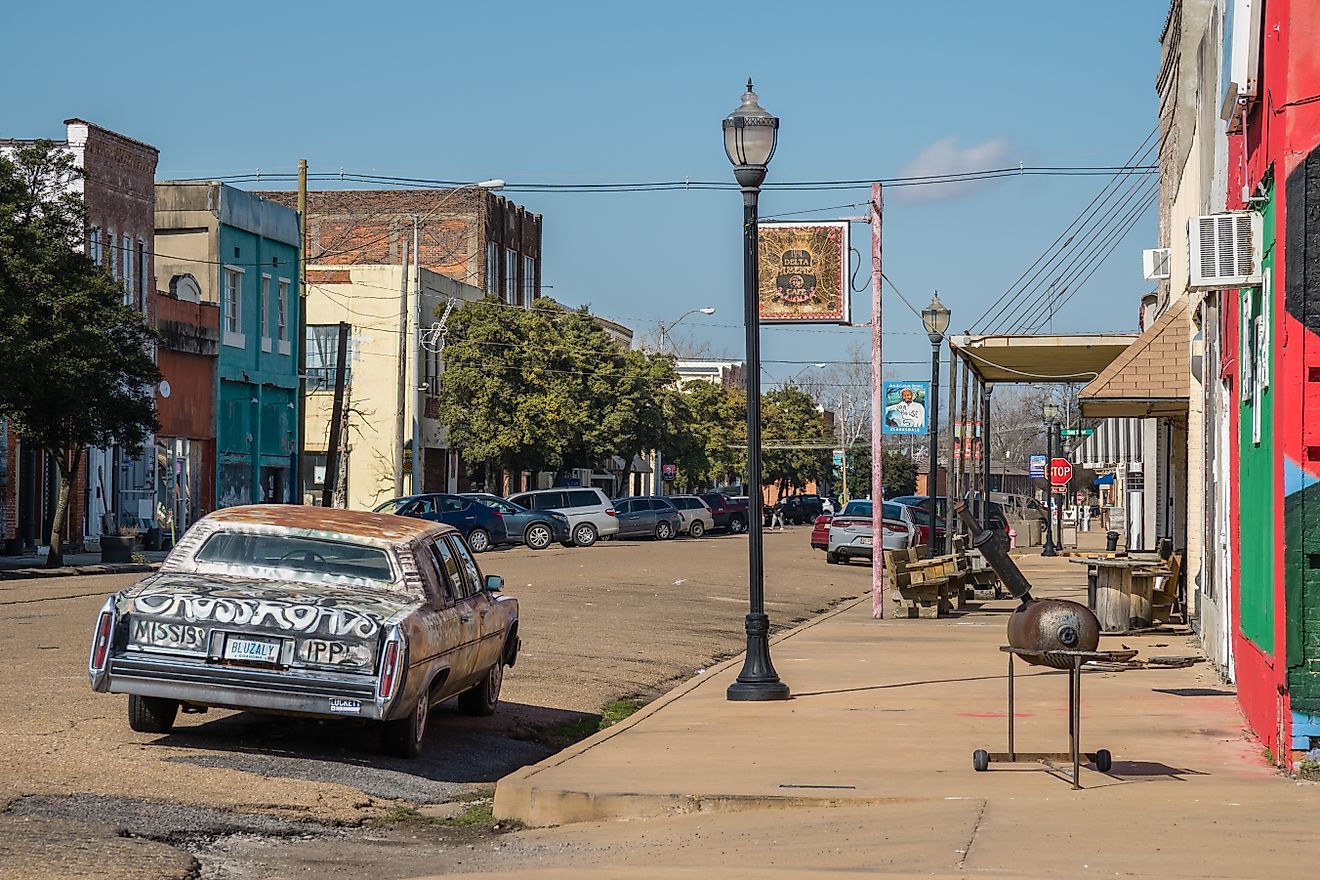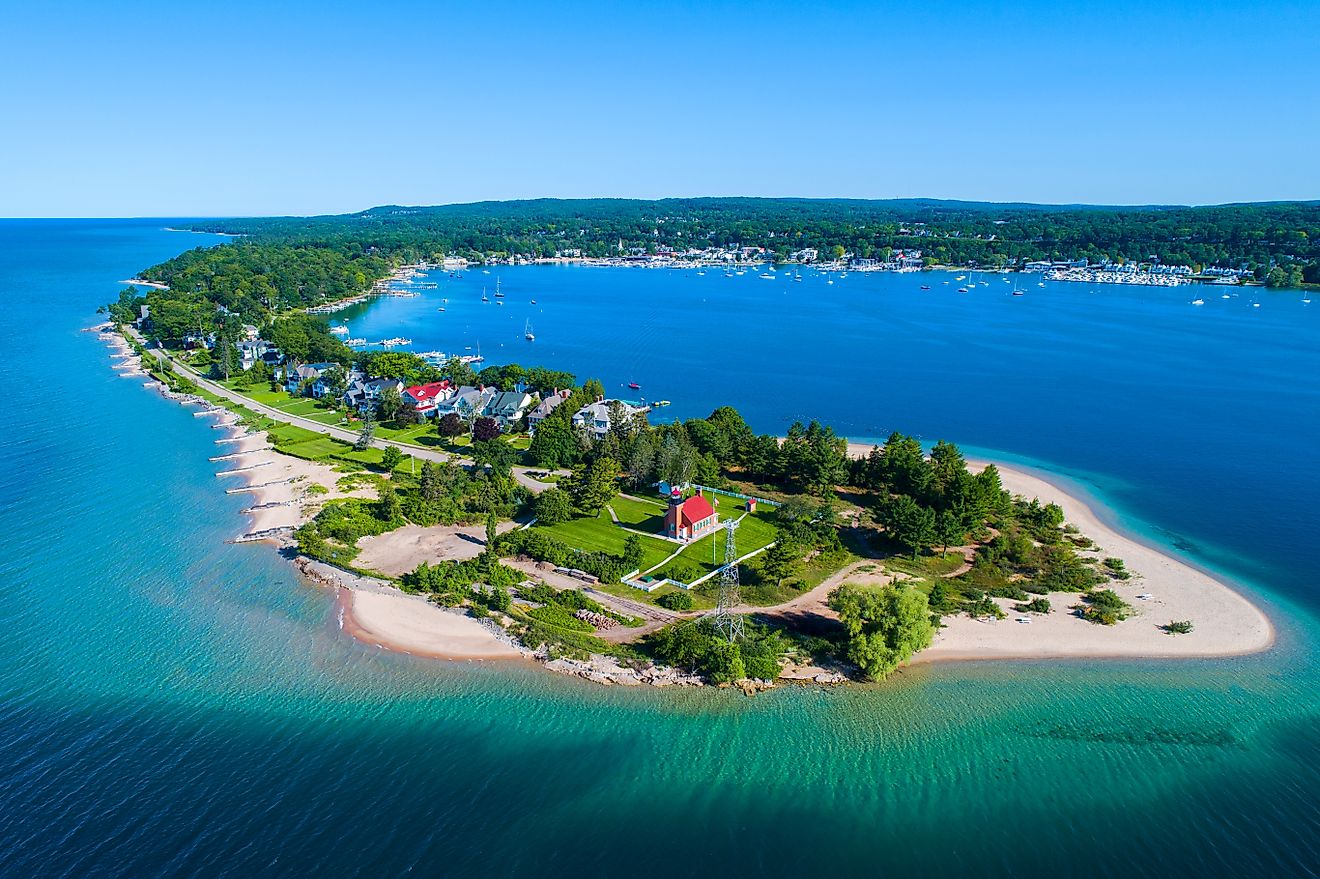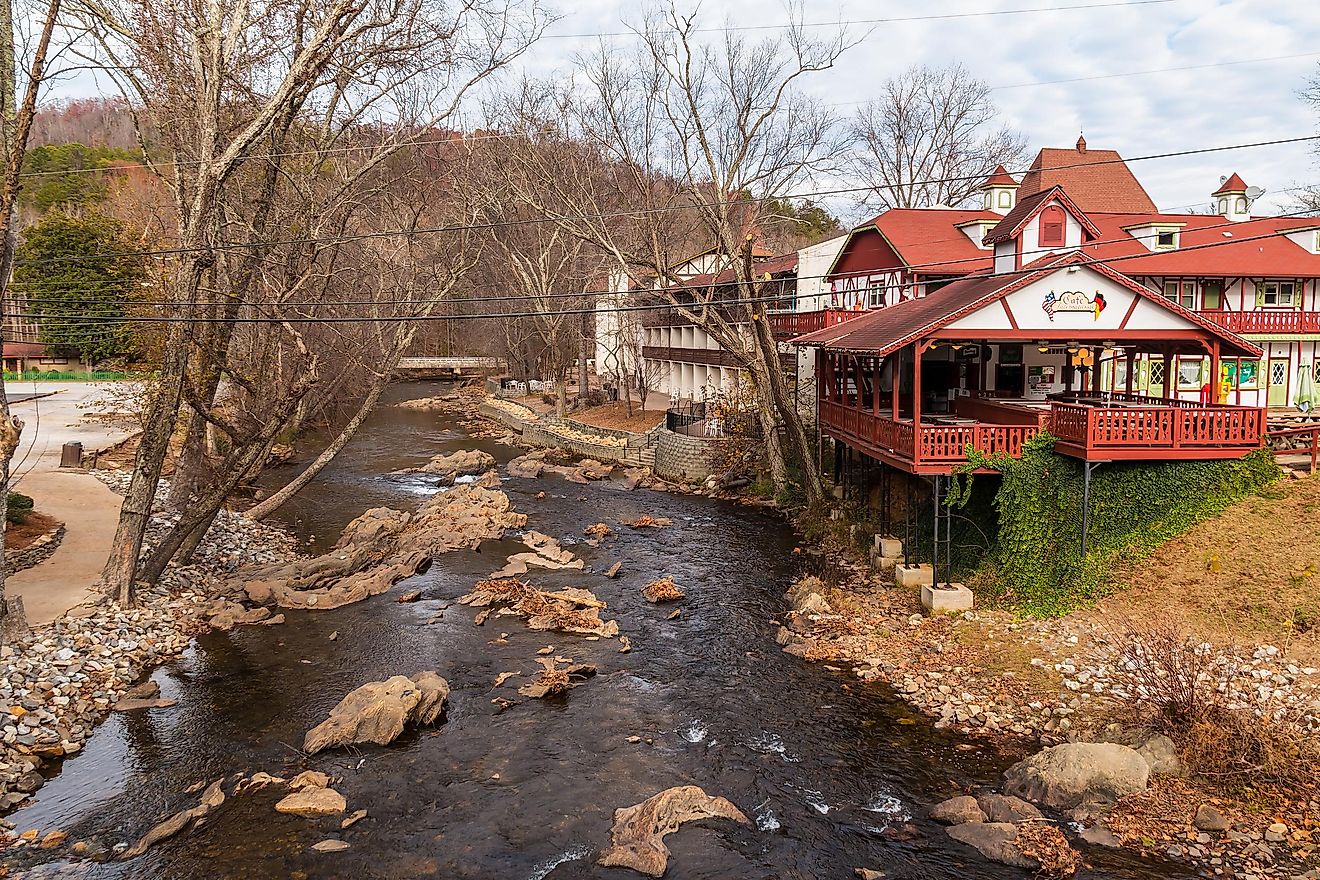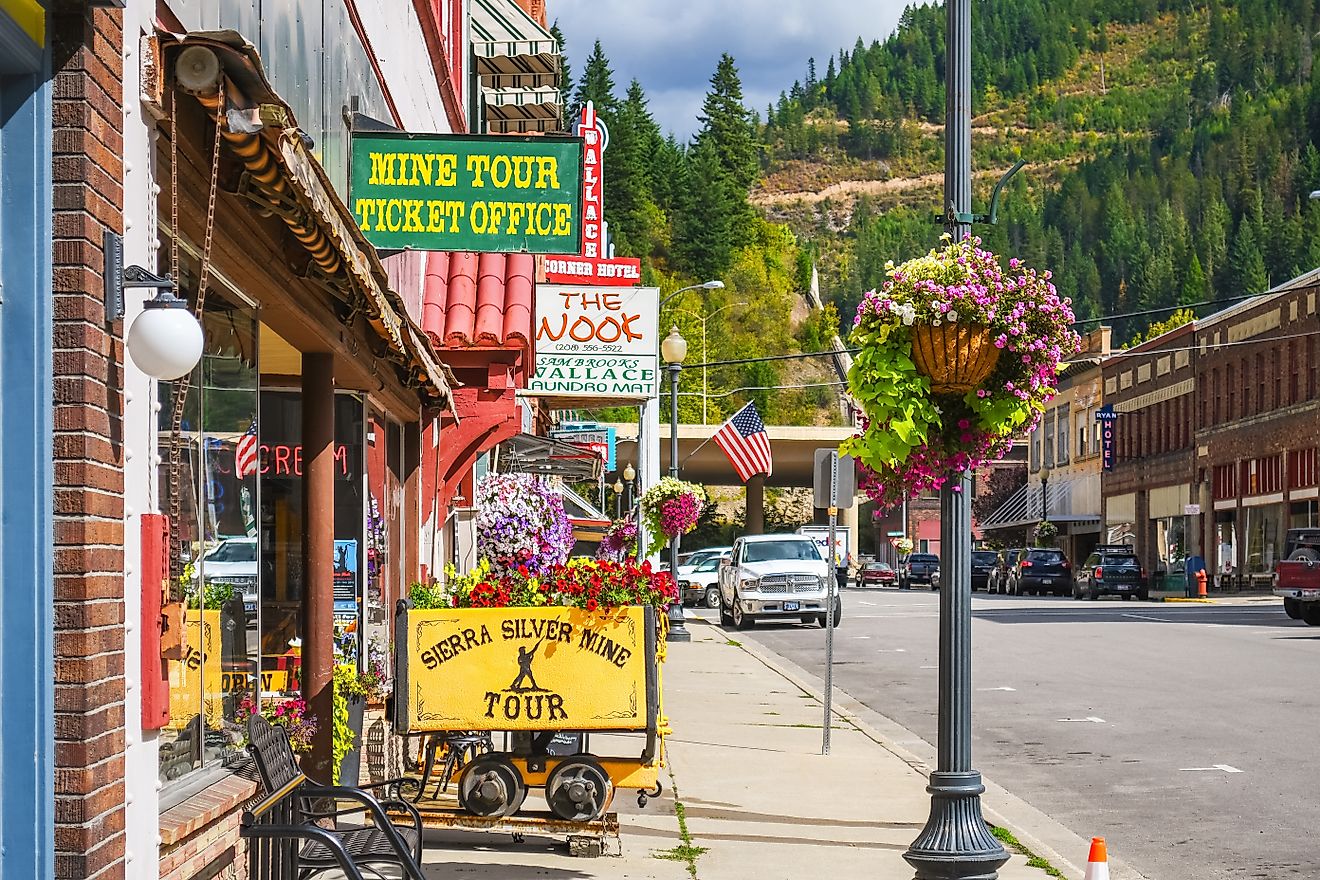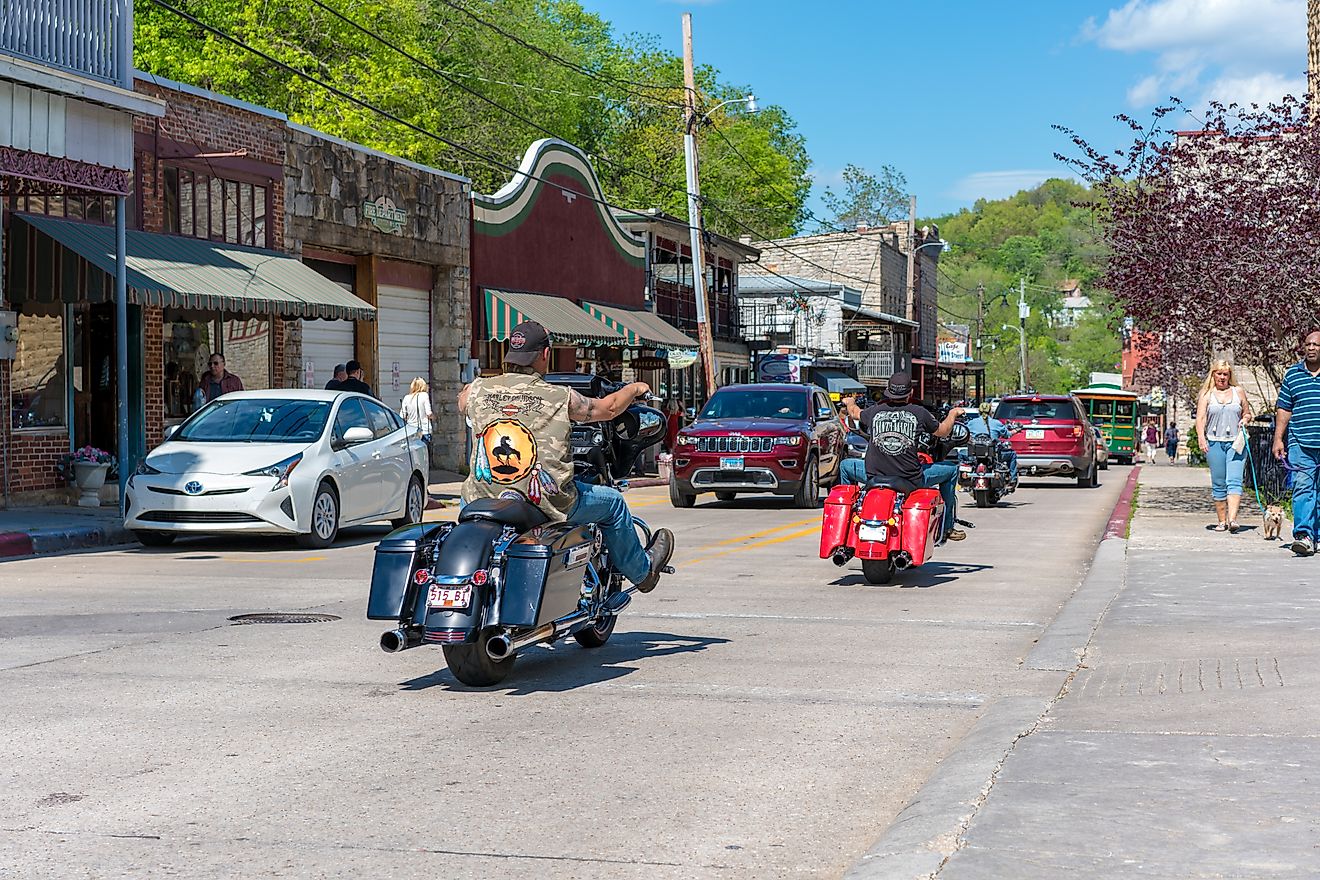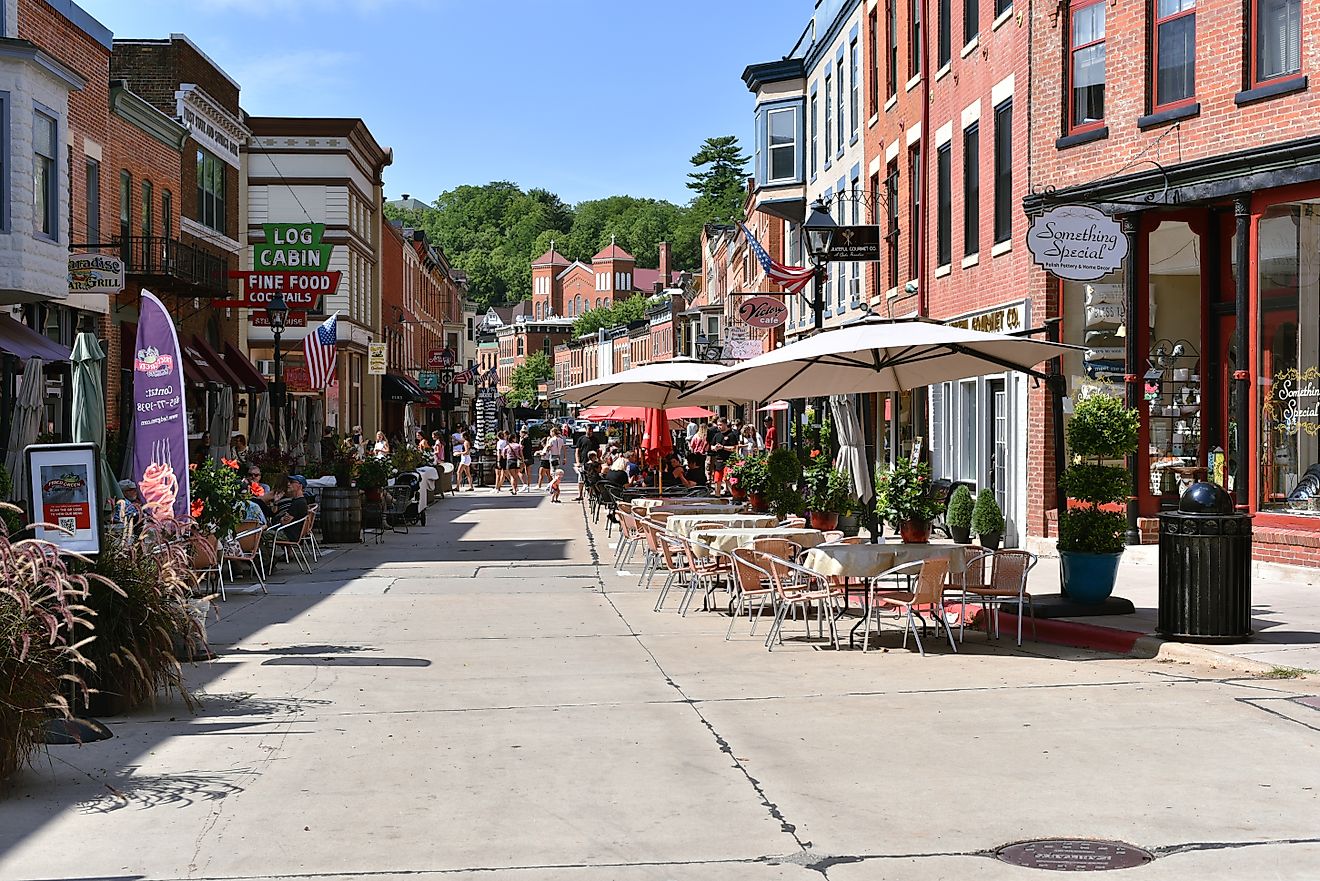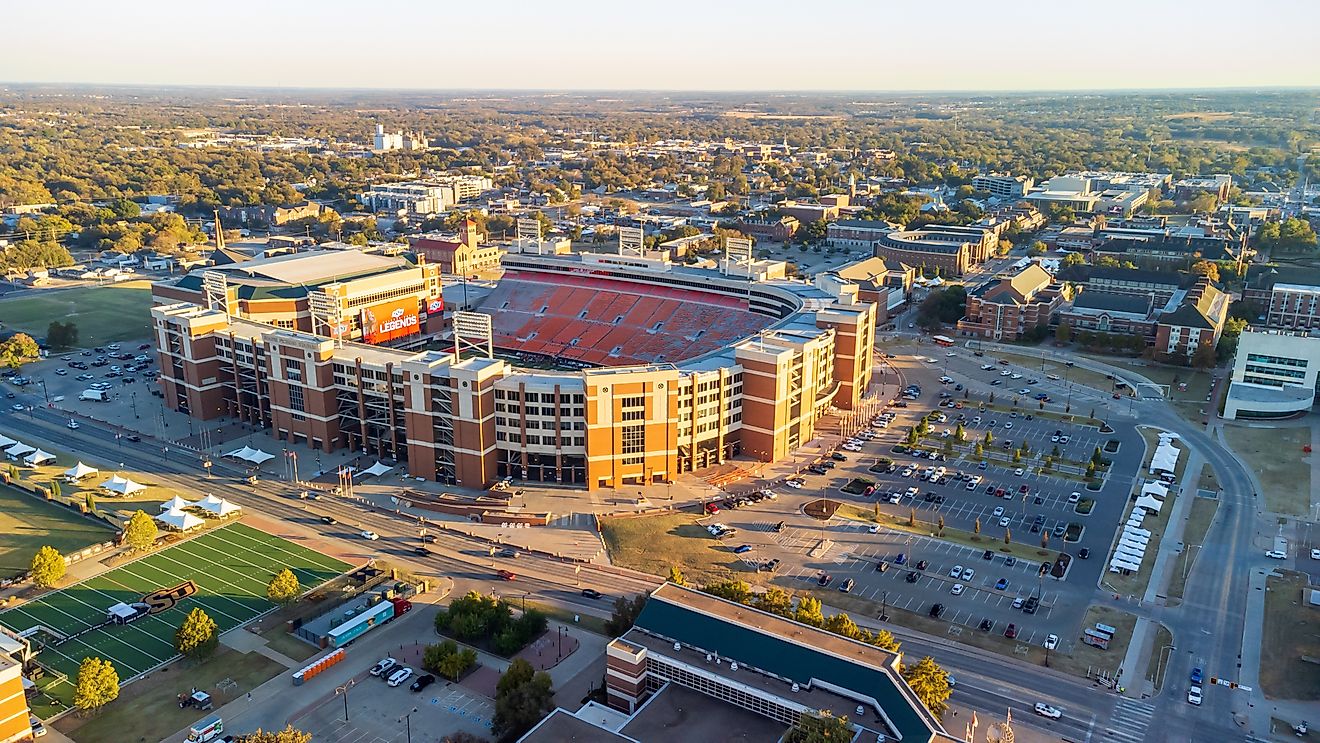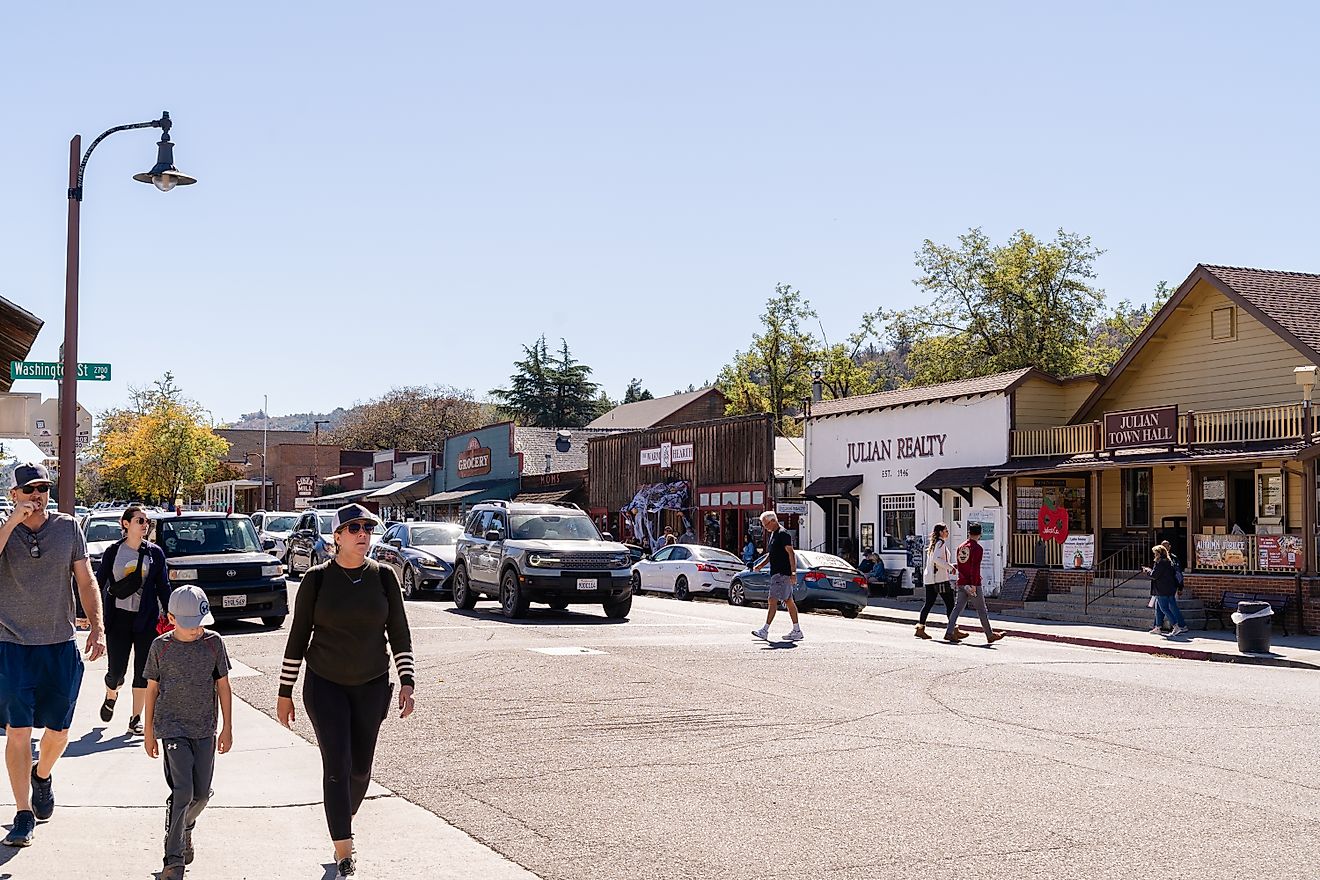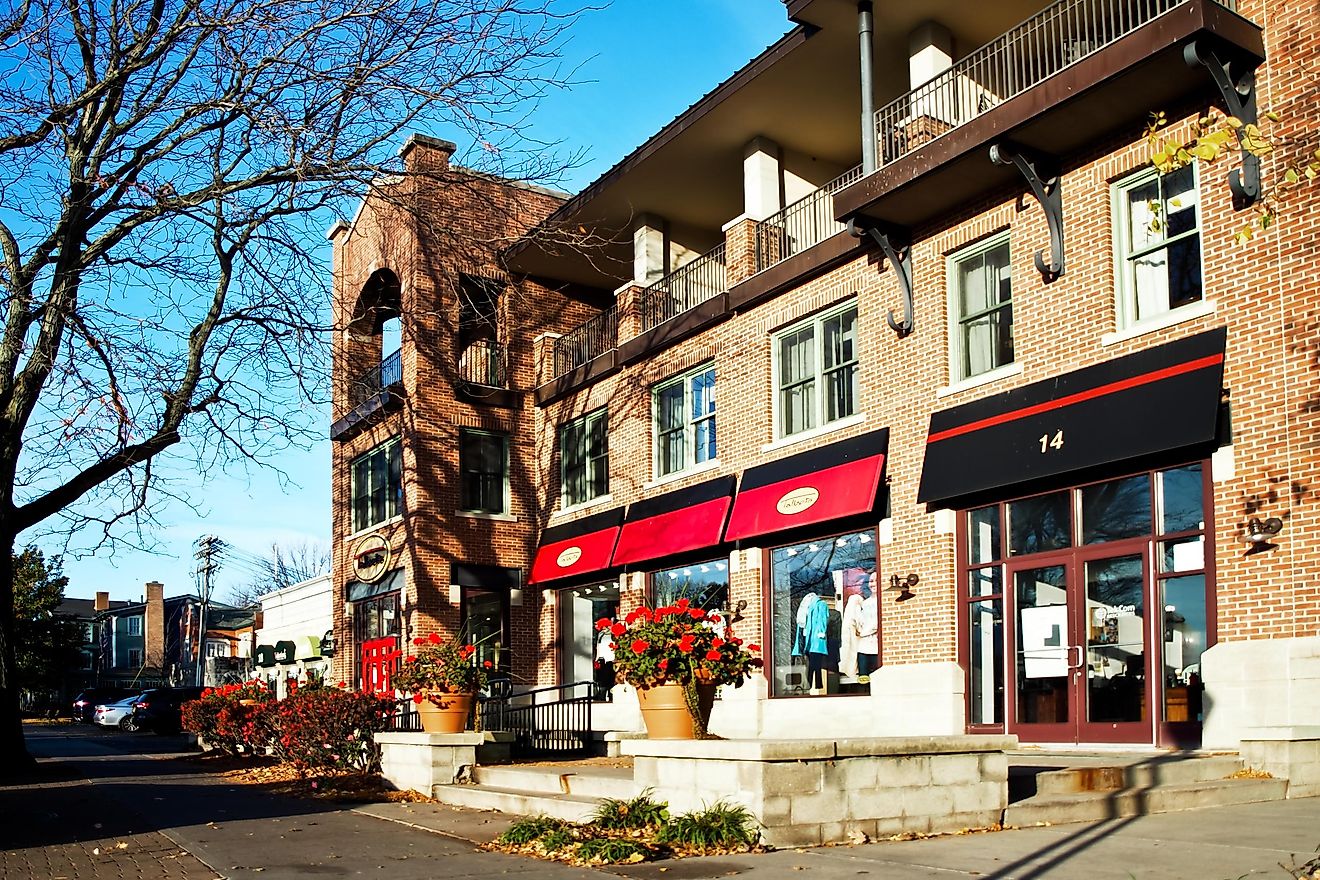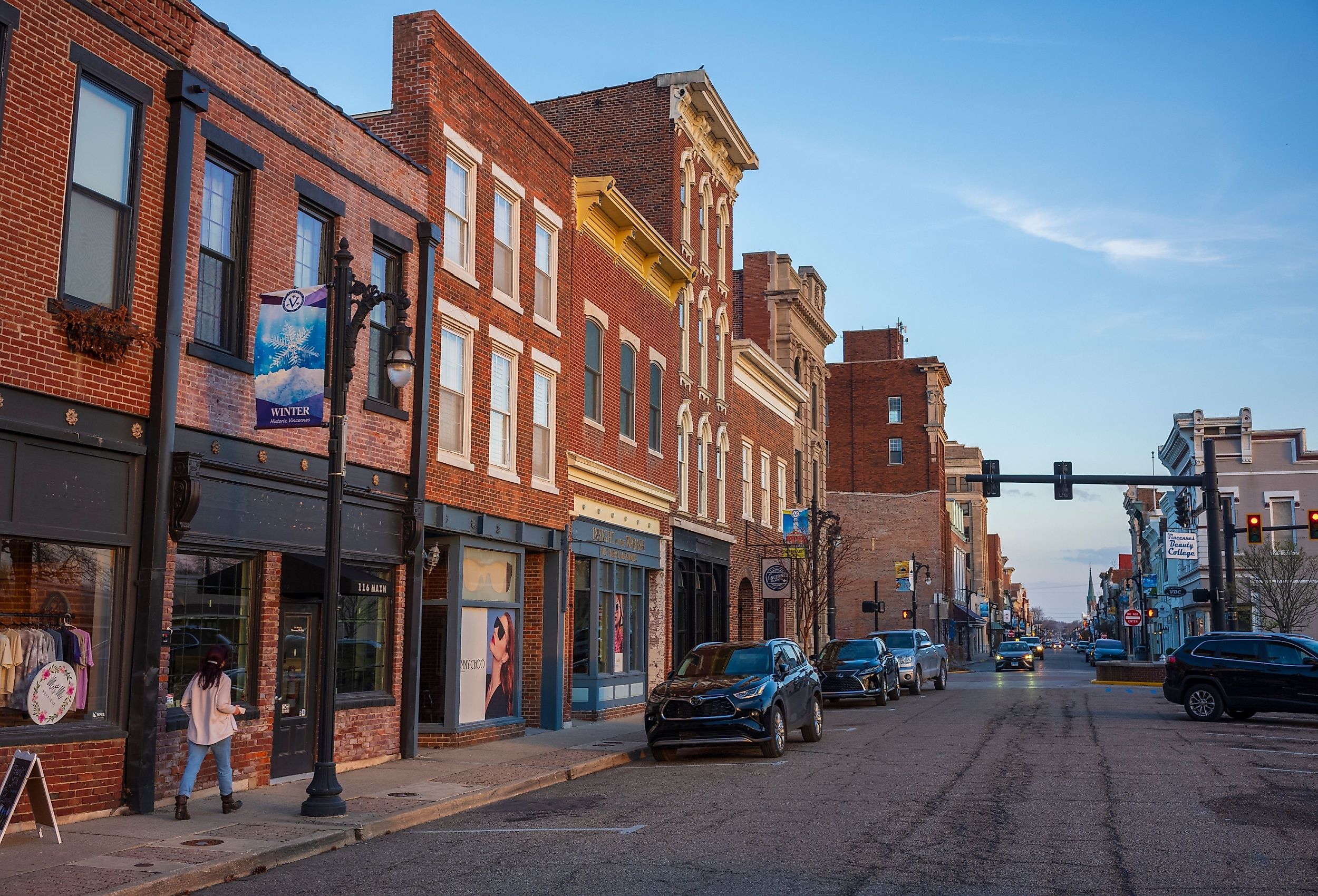
8 of the Most Walkable Towns in Indiana
The Hoosier State is a who's who of walkable communities. From north to south and east to west, Indiana is spread thick with towns that are a pedestrian's dream. Stretch your legs and travel on foot to visit everything from the state's historic buildings, shops and restaurants, gardens, parks, and plenty more. Although you will probably have to drive between the towns, once you arrive at your chosen small town, travelers can spend the rest of their time carless for the entirety of their visit. Get ready to pack your pedometer for these eight most walkable Indiana towns.
Corydon
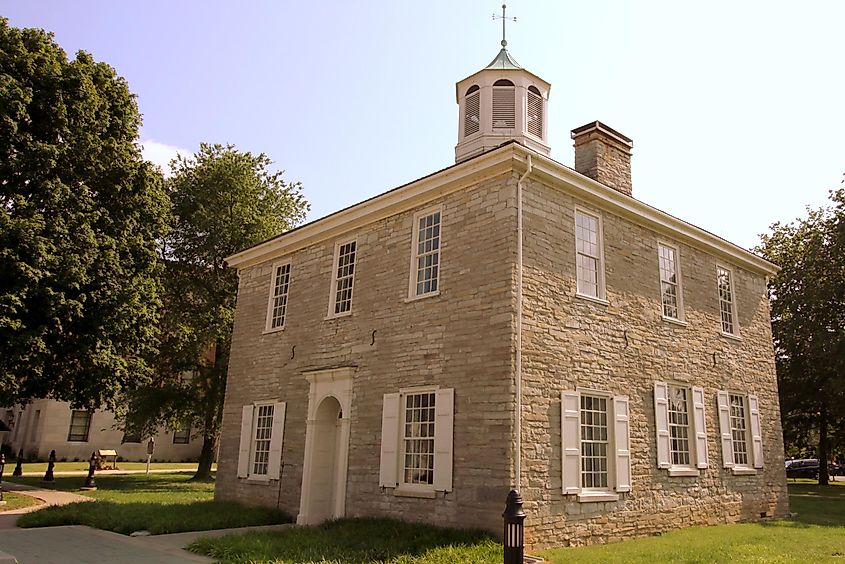
Located right outside Louisville, Kentucky, Corydon is a quaint and historic retreat from the big city hubbub. This town has just over 3,000 residents and numerous buildings from the 1800s. Although many of them, like the First State Capitol and Governor Hendricks' Headquarters, serve as tourable museums, some serve customers as modern businesses. For example, the 1816 Modern Kitchen & Drinks is a Southern-Asian fusion restaurant in the Italianate building that originally housed the St. Cloud Saloon. Such sights and bites can be enjoyed along the self-guided Walking Tour of Corydon. Maps are available at the Blaine H. Wiseman Visitor Center, which is also the check-in location for the Winter Wine Walk, whose 16th edition is set for Saturday, December 14, 2024.
Auburn
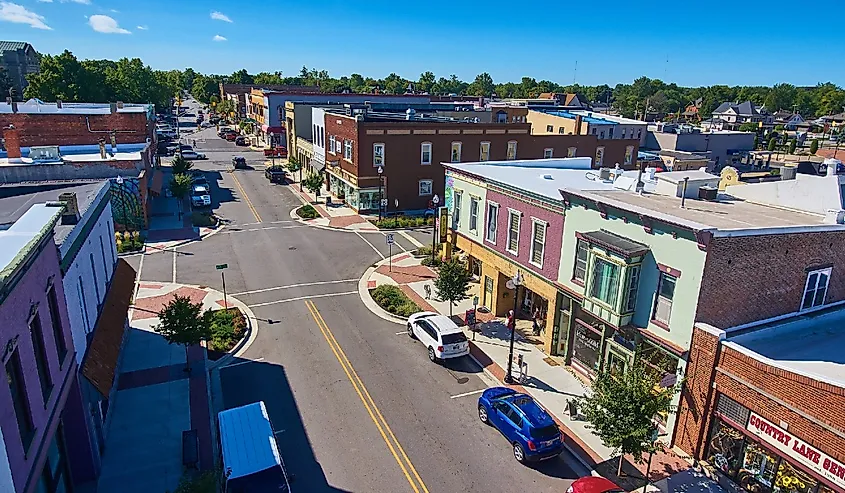
Many Indiana communities are classified as cities despite having rather small populations. Auburn is a "city" of about 13,500 with many quaint businesses and grand historic sites. They include the Eckhart Public Library and Park, Auburn City Steakhouse, Auburn Brewing Company, Classic City Creamery, Kim's Korner Music & More, and Auburn Community Mausoleum, all of which can be explored downtown by taking a stroll. Ironically, this walkable community has a vibrant car culture and vehicle-producing past. You can ditch your automobile to walk through the Auburn Cord Duesenberg Automobile Museum, National Auto & Truck Museum, and Early Ford V-8 Foundation Museum. Auburn even has a museum dedicated to draft animals.
Madison
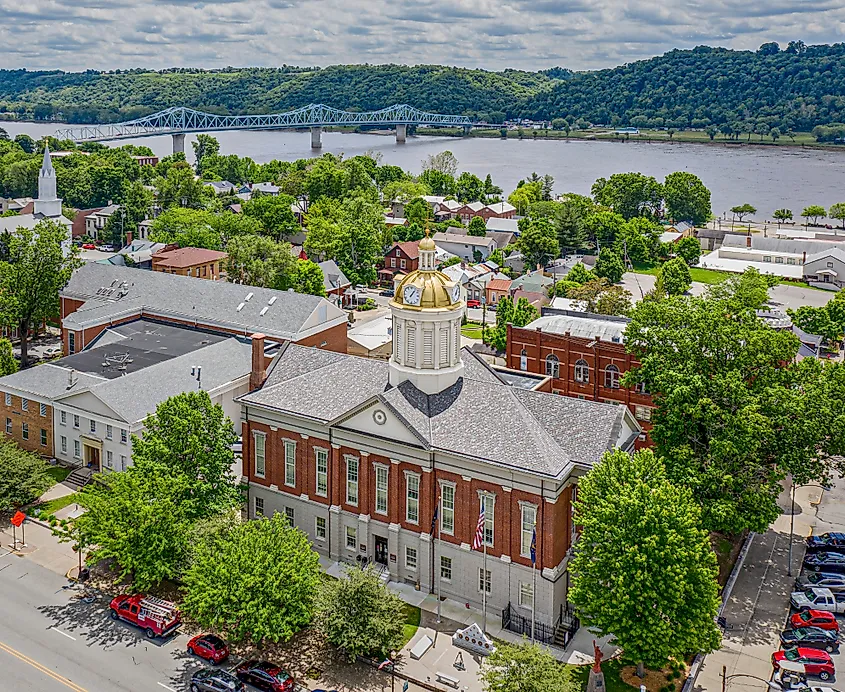
Another undersized Indiana town, Madison has around 12,000 residents and 133 blocks designated as a National Historic Landmark. The "Madison Historic Landmark District" is considered America's largest contiguous historic district and contains "impressive numbers of significant buildings especially Federal, Greek Revival, and Italianate styles" dating from 1817 to 1939. The Lanier Mansion and Charles L. Shrewsbury House are among the district's top historical sites, while the Off-Broadway Taproom and Lanthier Winery are among the district's top businesses. Owing to Madison's architectural diversity and walkability, it offers a variety of tours, including the Madison in the Movies Walking Tour, Central Business District Walking Tour, Eastside Industry & Business Walking Tour, Public Art & Murals Walking Tour, Westside Industry & Business Walking Tour, Westside Architectural Walking Tour, Architectural Walking Tour, Historic Churches Walking Tour, Haunted History Walking Tour, and Fire Department Walking Tour. In addition to feet, tourists can explore Madison by trolley, horse-drawn carriage, biplane, and even boat since it straddles the mighty Ohio River.
Nashville
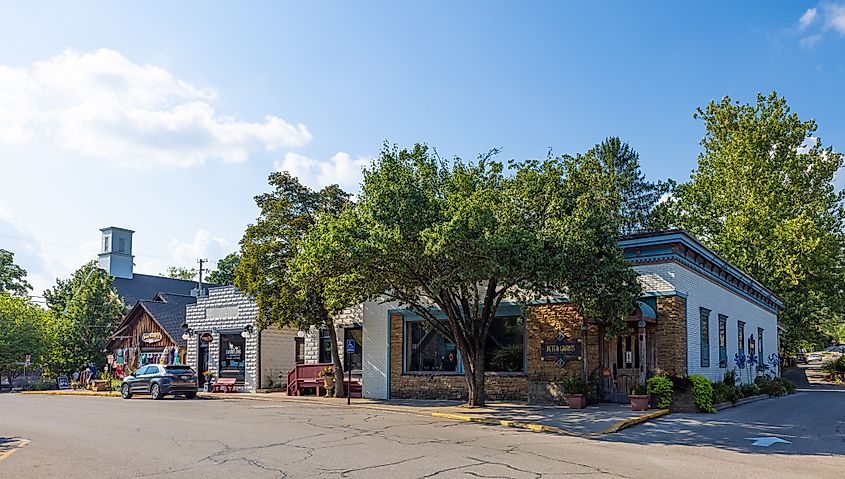
The lesser-known Nashville, Nashville, Indiana, is a quintessential small town of approximately 1,250 people. It consists of a small grid of heritage buildings and booming businesses surrounded by greenery. After hiking, biking, horseback riding, swimming, paddling, rowing, camping, hunting, fishing, and even gold panning in preserves like Brown County State Park and Yellowwood State Forest, one can take a leisurely stroll through town and stop for sights, bites, and pints at Big Woods Pizza, the Bird's Nest Cafe, Country Heritage Winery, and The Chocolate Moose. Nashville's historic haunts can be visited on the Historical Walking Tour, which begins and ends at the Brown County Visitors Center.
Pendleton
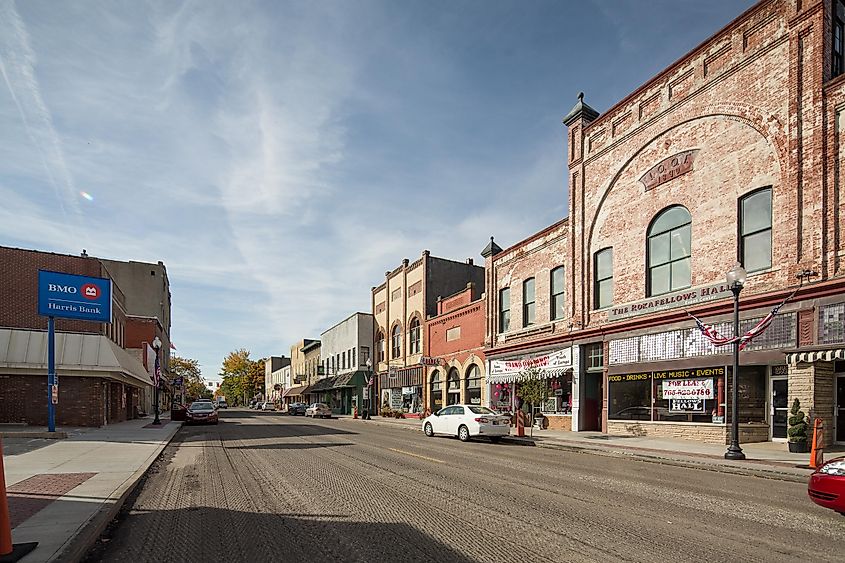
Pendleton is a 4,700ish-person town on the outskirts of Indianapolis. Like many Indiana towns, it has a picturesque main drag, and its proximity to Indianapolis means that the businesses along that drag are not neglected. Travelers pile into The Bank for good sandwiches before heading west to either stop for good candies at Good's Candies or good ice cream at Yummerful or good home goods at the Apple Butter Barn Country Store. After their eating and shopping tour, they can take Pendleton's Historic Marker Walking Tour to see such sites as the Thomas Pendleton House and the Carnegie Library.
Warsaw
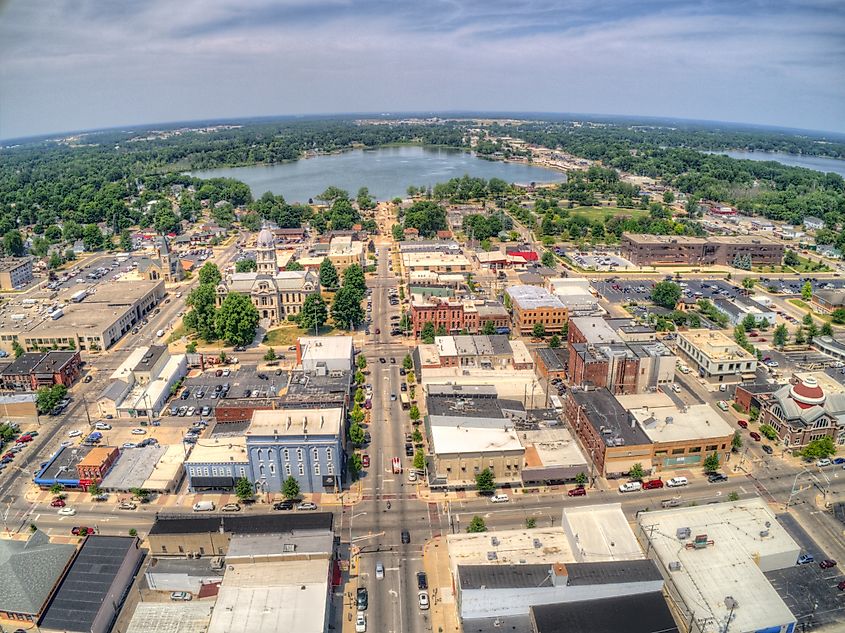
Warsaw is no ghetto. This northern Indiana community has grown from around 7,500 residents in 1970 to nearly 16,000 in 2020. Among the booming, walkable businesses that keep people coming are the One Ten Craft Meatery, a beefy restaurant that sources its products from Indiana, Ohio, Illinois, Michigan, and Kentucky; Biryani Kitchen, which puts the Indian in Indiana; and Mad Anthony Brewing Company, an award-winning brewpub that has been operating in the state for 25 years. Warsaw also attracts people with walkable nature. In fact, there are several lakes inside of town. Residents and visitors wander the shores of Pike Lake, Hidden Lake, Winona Lake, and Center Lake, the last of which abuts the whimsical Warsaw Biblical Gardens.
New Harmony
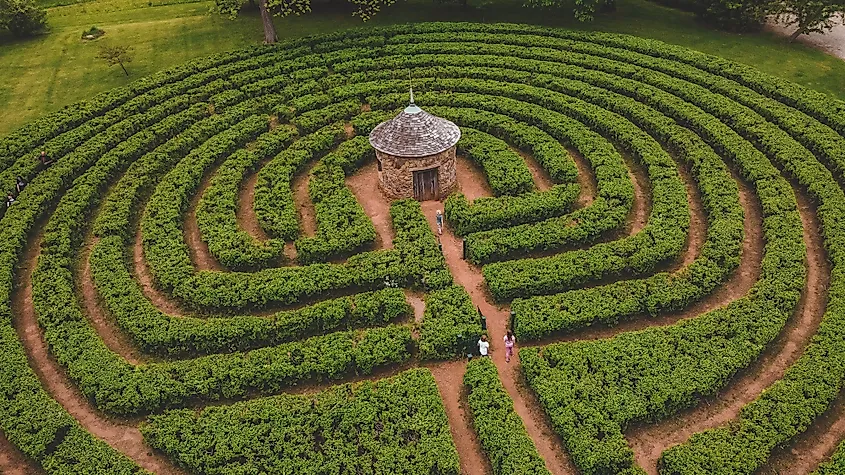
New Harmony was founded in 1814 by a radical religious sect called Harmonists who believed in Christ's imminent second coming. They built a self-sufficient and productive community and then, presumably when Christ did not come, sold it to Robert Owen, another radical with a dream to create the perfect society. Owen's utopian experiment failed in 1827, but both communities left relics that can be toured today. These include the David Lenz House and Garden, which was built by Harmonists circa 1820, and the Roofless Church, which, although not built during the utopian period, was commissioned by the wife of Robert Owen's great-great grandson. After walking off the beaten path of Indiana history, you can get back on track with tours of modern businesses like the Yellow Tavern and The Main Cafe.
Vincennes
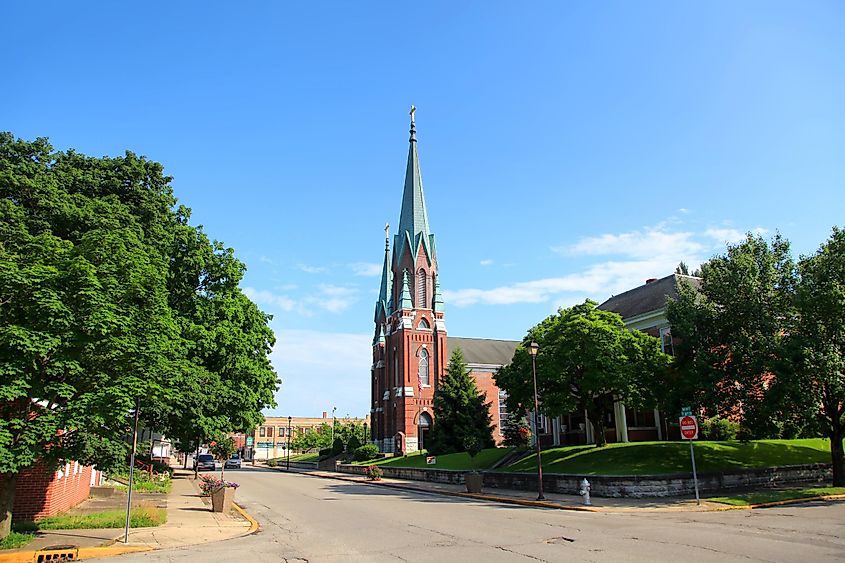
As the oldest European settlement in Indiana, Vincennes has many of the state's oldest buildings. The St. Francis Xavier Cathedral and Library (c. 1826), Bonner-Allen House (c. 1842), and Cyrus Allen House (c. 1865) can all be seen along the Architectural and Historical Walking Tour of Downtown Vincennes, as can a newer but no less spectacular construction called the George Rogers Clark Memorial, which is a granite rotunda built in the early 1930s for the titular Revolutionary War hero. Even newer haunts like Vincennes Pub 'N' Grub and Procopio's Pizza & Pasta can be paired with old souls and old soles in the ancient, walkable wonderland of Vincennes.
Whether it is the first state capitol in Corydon, a mausoleum in Auburn, or a historic landmark district in Madison, you do not need a vehicle to tour much of Indiana. In fact, you can pair forays into those places with scenic strolls to a heritage winery in Nashville and a Carnegie Library building in Pendleton. Lastly, you can strap on sandals to see a biblical garden in Warsaw, a roofless church in New Harmony, and a cathedral in Vincennes. Of course, you might need a vehicle to visit the towns themselves, but once you are there, you can forget your keys and still have plenty of fun and relaxation.
